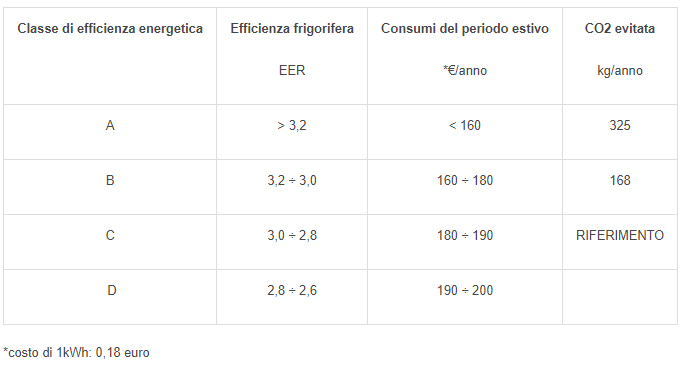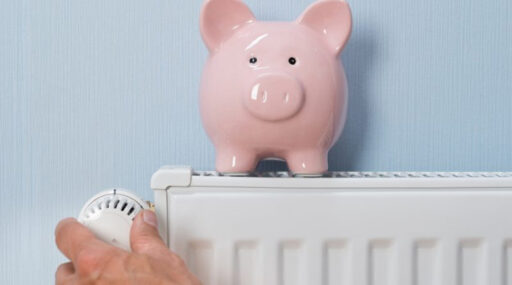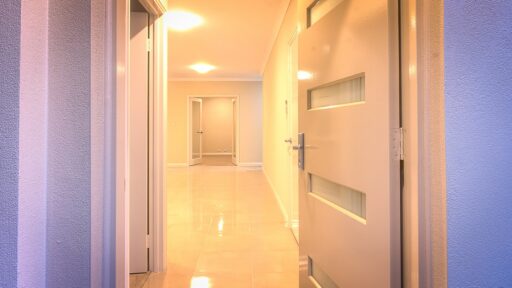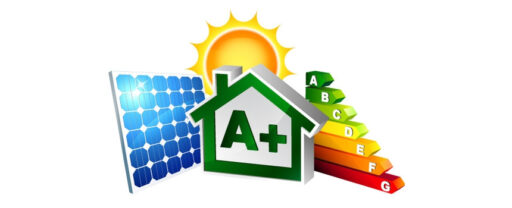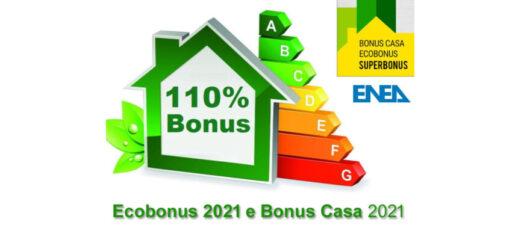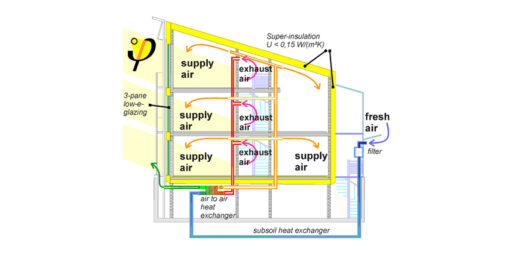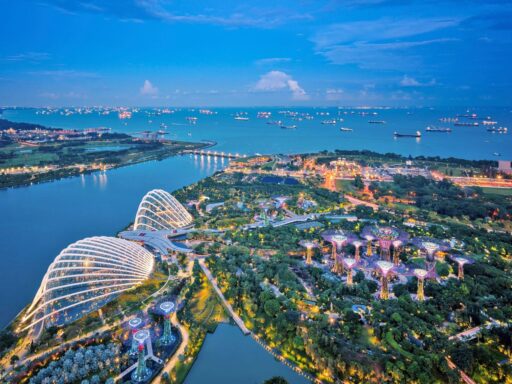Tips for reducing air conditioner consumption
Energy: 10 ENEA recommendations

The air conditioners they are appliances used to cool and heat rooms. They usually complement traditional heating systems and, in areas with mild winters, can even replace them.
They employ very efficient technologies, and their use is encouraged by various government initiatives.
They are marketed together with large household appliances and are available in a wide range of models that differ in power, consumption and operating principle. They can be mobile or fixed and, for both, we find the version monobloc or split, with or without Inverter technology.
Here find some suggestions, to guide you in choosing the most suitable model to meet different needs and to minimize the energy consumption of this appliance.
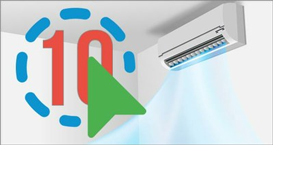 The arrival of the great heat with temperatures above 30 degrees often triggers the rush to air conditioners. To facilitate efficient use, optimizing cooling and safeguarding comfort without overheating bills, ENEA provides 10 practical indications that allow for environmental benefits and savings of up to 7% on the total electricity bill.
The arrival of the great heat with temperatures above 30 degrees often triggers the rush to air conditioners. To facilitate efficient use, optimizing cooling and safeguarding comfort without overheating bills, ENEA provides 10 practical indications that allow for environmental benefits and savings of up to 7% on the total electricity bill.
Attention to the energy class – The first suggestion for the ‘intelligent’ use of air conditioning arises from the choice of the air conditioner: models in energy class A or higher are preferred, which lead to savings on the electricity bill and a reduction in CO2 emissions into the atmosphere. A new class A air conditioner consumes about 30% less per year than an old class C model, with an equivalent reduction in CO2 emissions.
Inverter technology – This type of air conditioners should be the first choice when purchasing when you plan to keep the air conditioning on for several hours in a row, as the power adjusts to actual need by reducing the on and off cycles. They are more expensive models than those with on-off technology, but they consume less energy.
Purchase incentives – For the purchase of a heat pump air conditioner, if intended to fully or partially replace the old heating system, you can use:
- of the home bonus
- of the ecobonus
- of the Thermal account 2.0
Pay attention to the location – During the installation phase, it is important to place the air conditioner in the upper part of the wall: in fact, the cold air tends to descend and will mix more easily with the hot air which instead tends to rise. It is absolutely necessary to avoid placing the air conditioner behind sofas or curtains: the barrier effect blocks the diffusion of fresh air.
Do not cool the environment too much and pay attention to humidity – Two or three degrees lower than the outside temperature is enough. Often to avoid the feeling of oppressive heat, activating the “dehumidification” function may be sufficient, because the humidity in the air makes you perceive a much higher temperature than the real one.
Each room needs its own air conditioning – Installing a powerful air conditioner in the corridor hoping that it will refresh the whole house is useless: the only result will be to get a cold shot every time you cross the corridor going from one room to another, as it will be the only environment to be cooled.
Do not leave doors and windows open – The air conditioner cools and dehumidifies the environment in which it is installed by transferring heat and humidity to the outside. The entry into the room of “new” hot air forces the equipment to perform additional work to bring the temperature and humidity to the required levels, with a consequent waste of energy.
Insulate the refrigerant circuit pipes outside the home – If exposed directly to sunlight they risk being damaged. It is also advisable to ensure that the external part of the air conditioner is not completely exposed to the sun and bad weather.
Using the timer and the ‘night’ function – In this way it is possible to minimize the switching on time of the appliance. Also, avoid leaving the air conditioning on for the whole day, but only when you are at home.
Pay attention to cleaning and proper maintenance – I filtri dell’aria e le ventole devono essere ripuliti alla prima accensione stagionale e almeno ogni due settimane, perché si tratta del luogo dove si annidano frequentemente muffe e batteri dannosi per la salute, quale il batterio della legionella che può essere mortale. È importante inoltre controllare la tenuta del circuito del gas.
For more information: http://www.efficienzaenergetica.enea.it/Cittadino/climatizzatori
Air conditioners
Air conditioners are appliances used to cool and heat rooms. They usually complement traditional heating systems and, in areas with mild winters, can even replace them.
They employ very efficient technologies, and their use is encouraged by various government initiatives.
They are marketed together with large household appliances and are available in a wide range of models that differ in power, consumption and operating principle. They can be mobile or fixed and, for both, we find the monobloc or split version, with or without Inverter technology.
Here are some suggestions to guide you in choosing the most suitable model to meet different needs and to minimize the energy consumption of this appliance.
We recommend that you rely on a specialized technician who, after carrying out an inspection, will be able to indicate the best solution.
For example, the purchase of a class A energy efficiency air conditioner compared to a class C one allows you to save about 30% per year on electricity consumption and therefore also reduce CO2 emissions by 30%.
In the table, we report by energy efficiency class the electricity consumption of a split air conditioner of about 6kW, capable of cooling 2 or 3 rooms for a total of 40m2, used for 8 hours a day in the three summer months.
The lower electricity consumption of a class A model compared to a class B model makes it possible to recover the higher initial cost in about three years.
